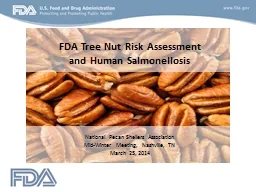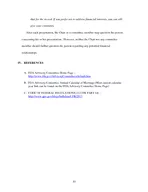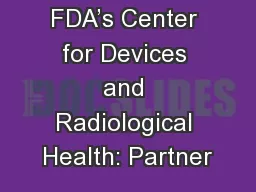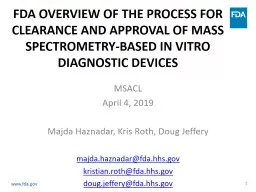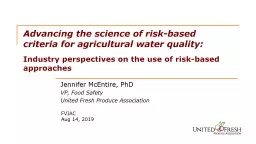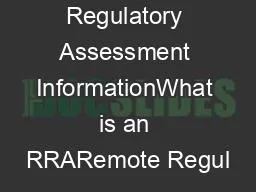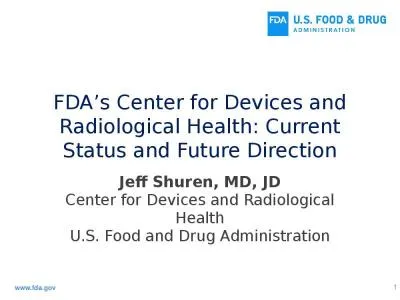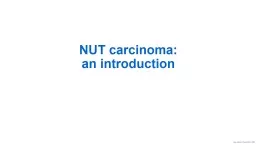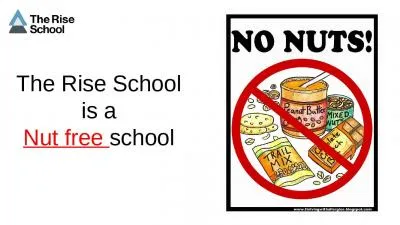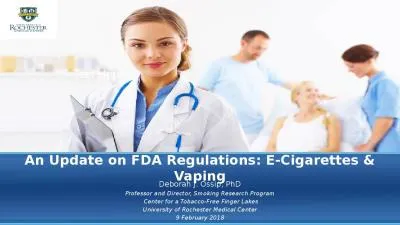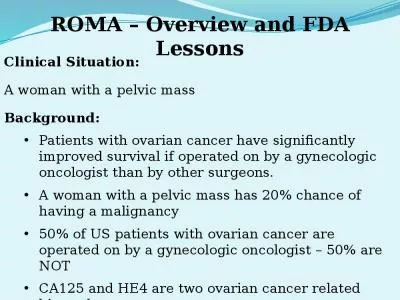PPT-FDA Tree Nut Risk Assessment
Author : alexa-scheidler | Published Date : 2017-08-20
and Human Salmonellosis National Pecan Shellers Association MidWinter Meeting Nashville TN March 25 2014 Why is FDA doing a risk assessment and what does this mean
Presentation Embed Code
Download Presentation
Download Presentation The PPT/PDF document "FDA Tree Nut Risk Assessment" is the property of its rightful owner. Permission is granted to download and print the materials on this website for personal, non-commercial use only, and to display it on your personal computer provided you do not modify the materials and that you retain all copyright notices contained in the materials. By downloading content from our website, you accept the terms of this agreement.
FDA Tree Nut Risk Assessment: Transcript
Download Rules Of Document
"FDA Tree Nut Risk Assessment"The content belongs to its owner. You may download and print it for personal use, without modification, and keep all copyright notices. By downloading, you agree to these terms.
Related Documents

